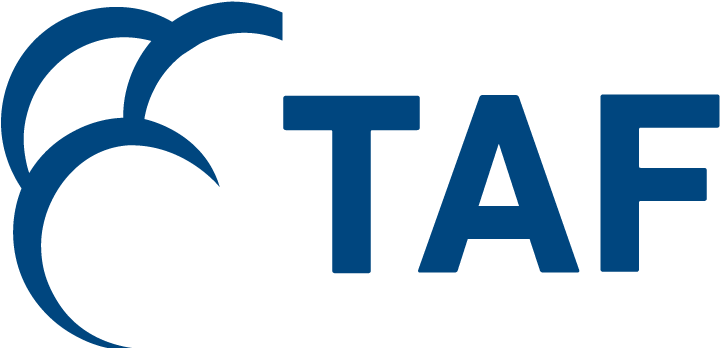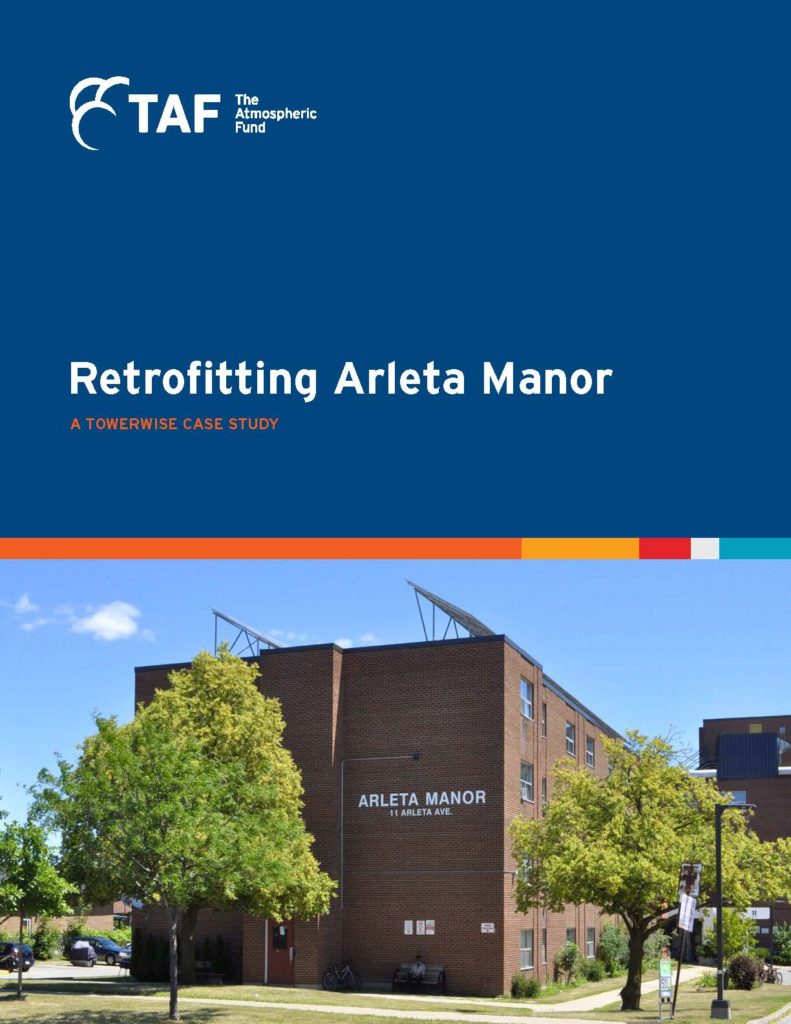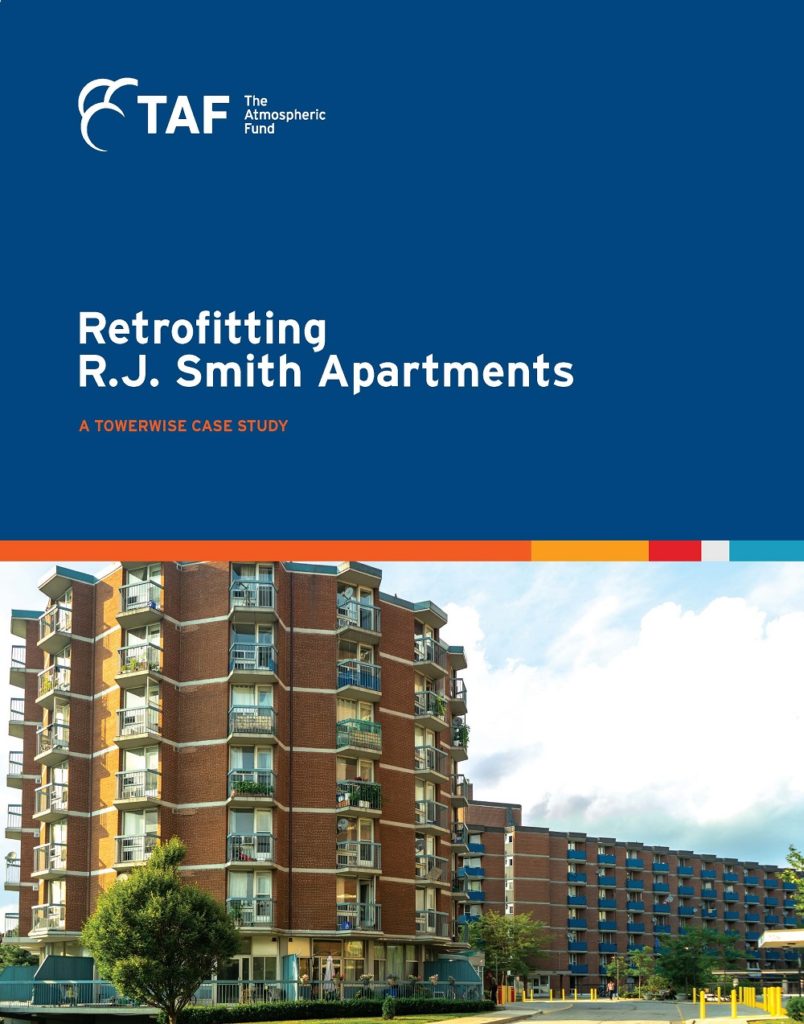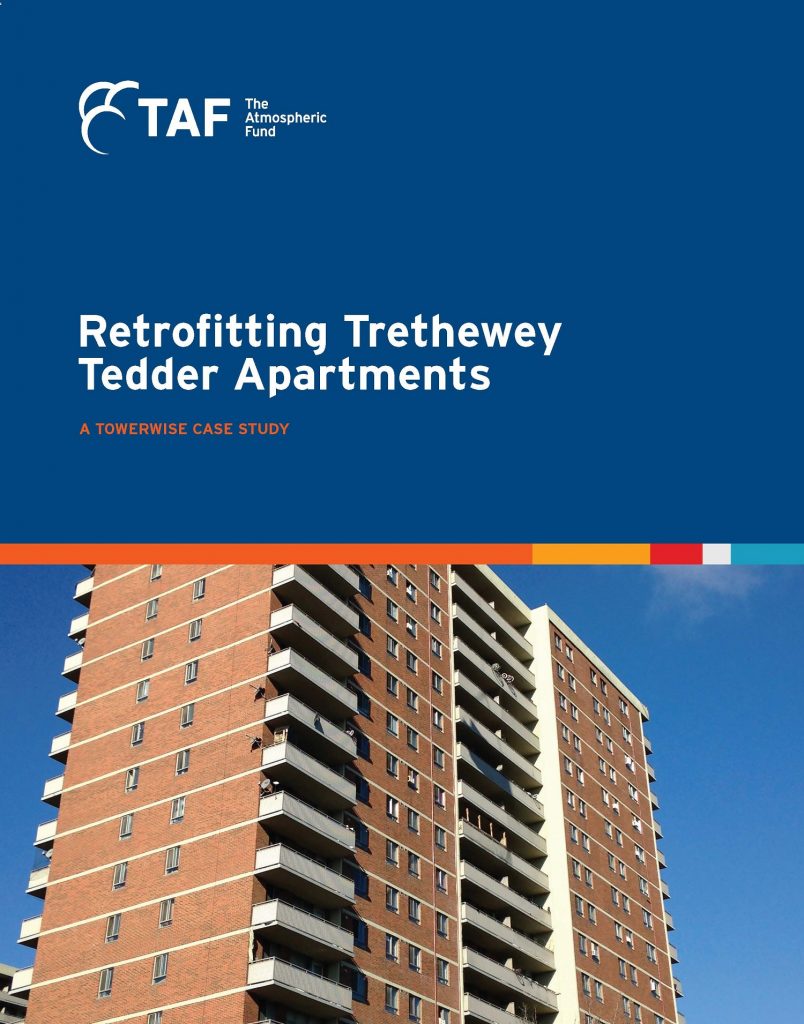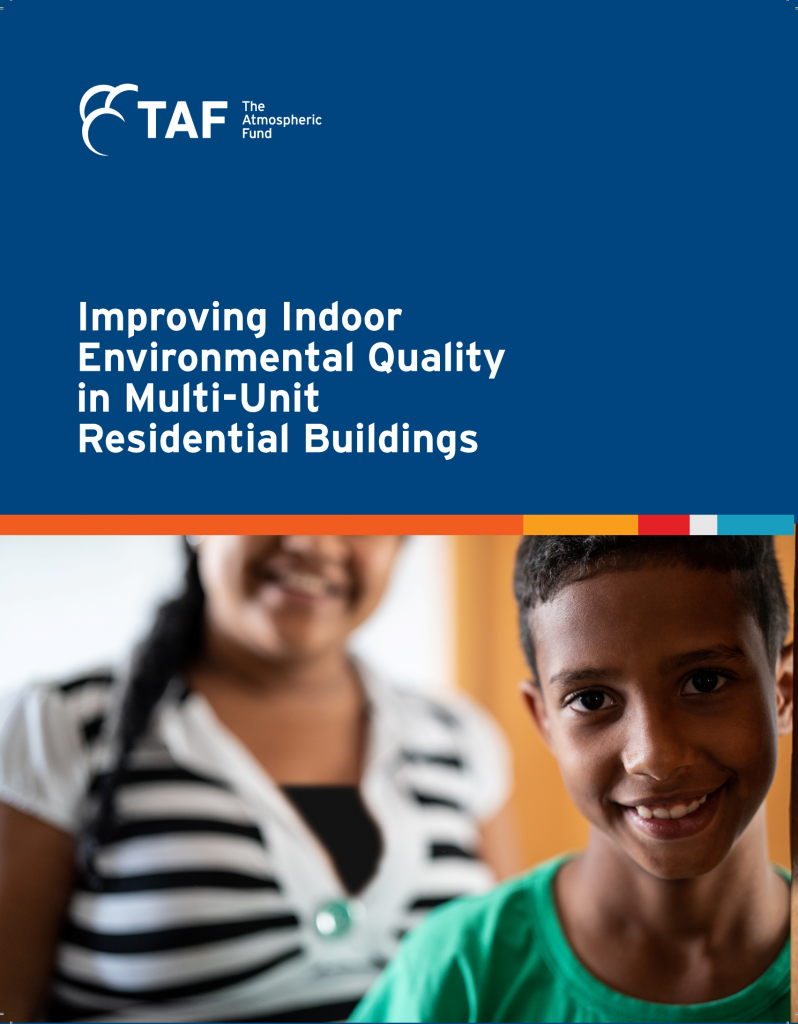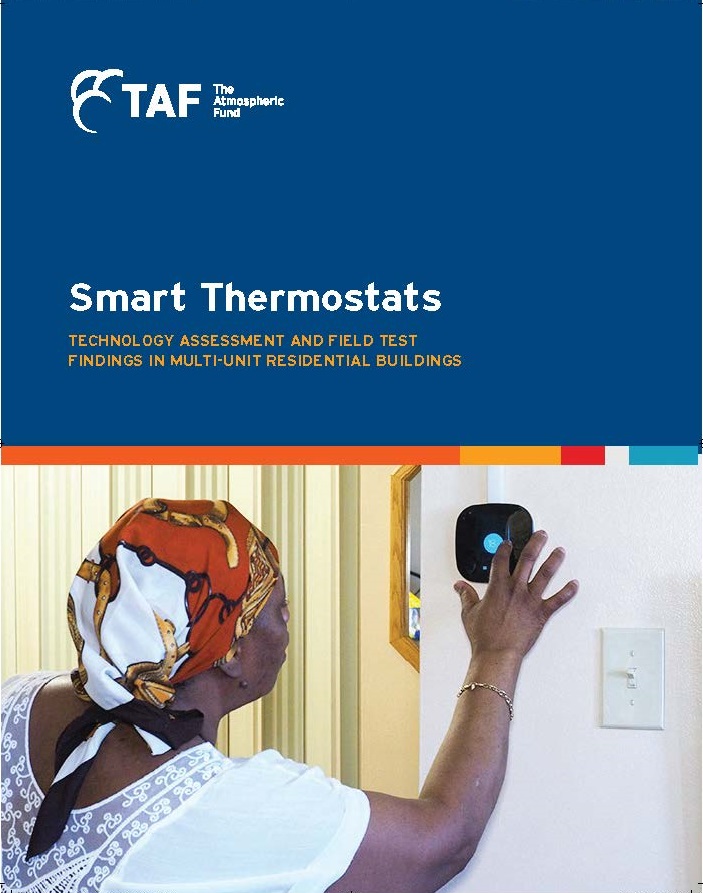In 2015, we partnered with Toronto Community Housing to undertake large-scale energy efficiency retrofits in seven buildings across three sites. That work, completed in 2018, taught us what is required for a large-scale retrofit to succeed.
THINK WIDELY
- A holistic view is required in order to ensure the success of large retrofit projects. Integrated program delivery is an innovative approach that facilitates deep collaboration between key project stakeholders through all project phases, from preliminary design through to commissioning and performance monitoring. Through this type of delivery process, it is possible to simultaneously achieve energy and carbon emission reductions, improve thermal comfort and air quality, and address deferred maintenance items.
- Actively consider IEQ goals at the design stage. There is potential to significantly improve resident health and comfort in tandem with retrofit measures. Common indoor environmental quality (IEQ) challenges like overheating and underventilation are related to outdated and poorly performing energy systems.
- Challenge assumptions. Challenging assumptions and re-evaluating building systems, loads, and operating requirements is critically important. Existing building mechanical systems are often significantly oversized. Oversized heating boilers with little or no ability to modulate can regularly exceed a building’s heating demand, resulting in wasted energy and overheating of living areas.
- Integrate multiple measures. Integration across utilities enhances resource and cost savings, improves financial performance, and reduces risk of underperformance. Using this opportunity to make improvements across all utilities greatly improves the business case. Undertaking measures in parallel can reduce mobilization costs and allow money saved to be reallocated to address other energy saving or capital renewal priorities.
ENSURE WIDE PARTICIPATION
- Building owners must actively participate. Active participation by the building owner/operator is required to ensure good project outcomes. This participation is especially important during the design and planning stages, where retrofit options are evaluated and where there is an opportunity to maximize the expected outcomes.
- Communicate with residents. Retrofitting an occupied building comes with challenges but these can be addressed through clear communication with residents about the project, highlighting the benefits and impacts that residents can expect. It’s particularly important to engage residents prior to installing new in-suite technology such as smart thermostats.
KEEP MONITORING
- Continuous commissioning is critical. While it is important to ensure that new systems are properly working (start-up commissioning), continuous commissioning, evaluation, and optimization are key to long-term savings.
- Consistently track and monitor changes. Excellence in operation and maintenance requires standardization, consistent tracking and monitoring, and use of qualified personnel. This can help ensure that controls are not overridden, systems are not switched into manual mode, and sub-optimal system operation is avoided.
- Regular maintenance increases savings. Maintenance measures such as duct and radiator cleaning should not be overlooked. Regular maintenance helps to improve system performance, thereby lowering utility costs associated with inefficient operation, and can also extend the life of the system.
Retrofit programs must be well designed to ensure success.
TARGET DEEP RETROFITS & MINIMIZE BARRIERS
Our key recommendations:
- Centralize services and simplify participation.
- Focus on whole buildings.
- Set minimum performance targets and incentivize deeper retrofits.
- Set reasonable (and flexible) timelines.
- Promote additionality
- Measure carbon
- Go above and beyond standard measurement and verification
CREATE FLEXIBLE FUNDING AND FINANCING
- Combine grants and attractive financing
- Grants are necessary to boost business case for deep retrofits (today) and can be tied to performance
- Financing is a tool and should be optional
- Provide capital when it’s needed
- Financing mechanisms include: Local Improvement Charges; On-bill financing; Energy savings agreements; Low interest loans
